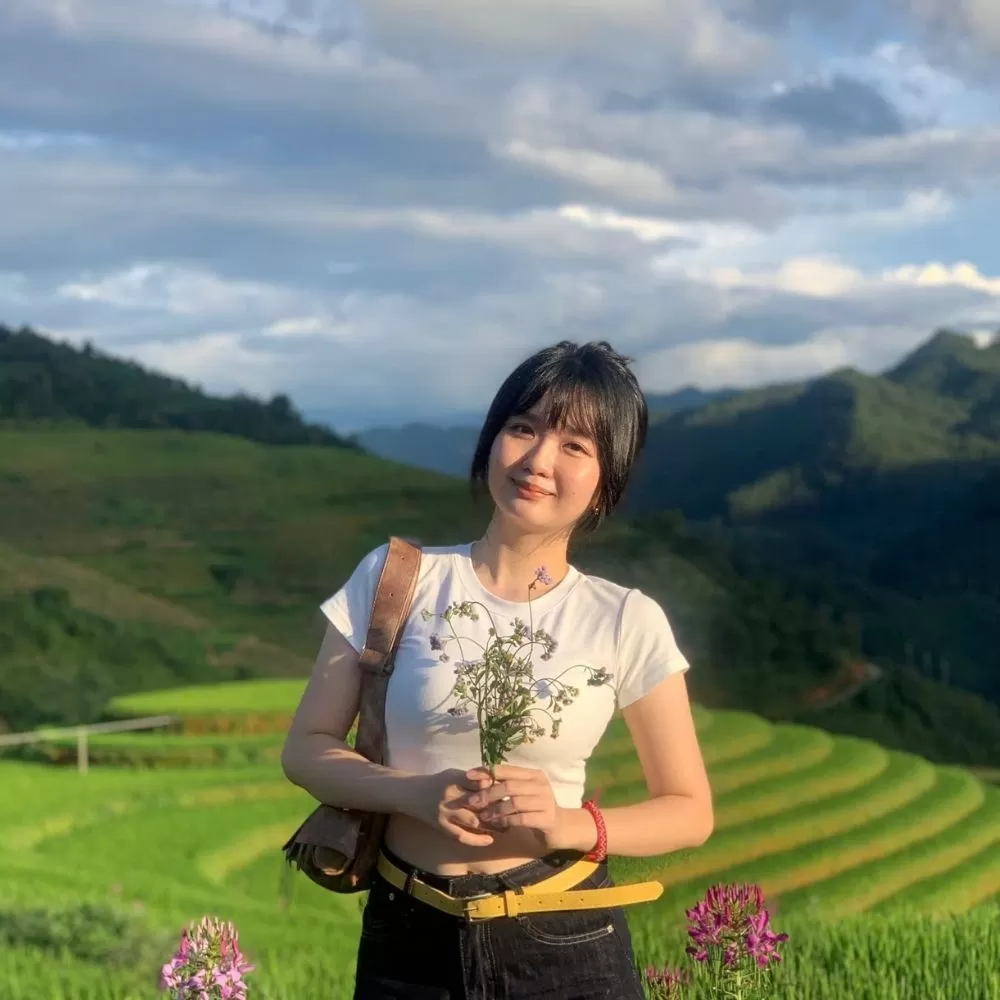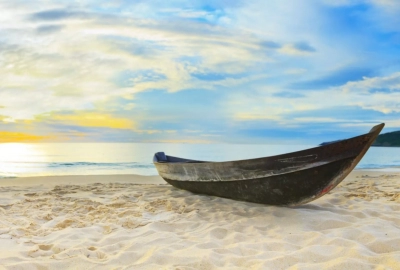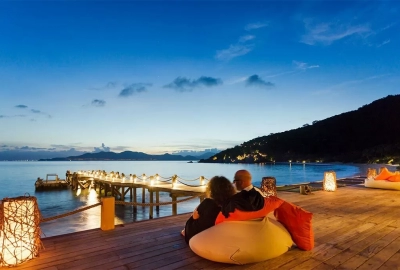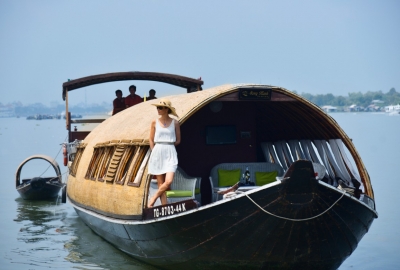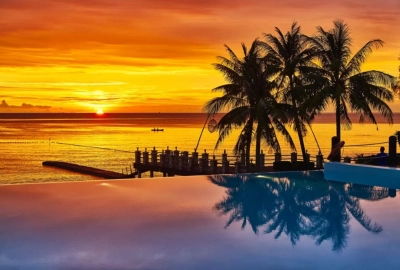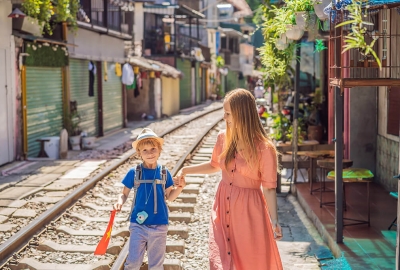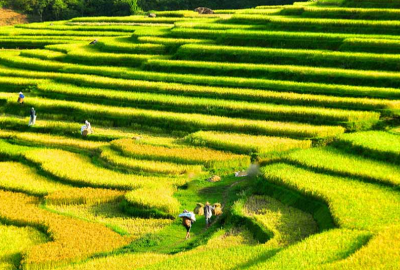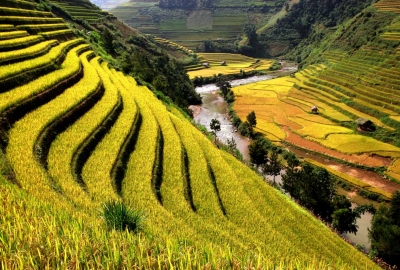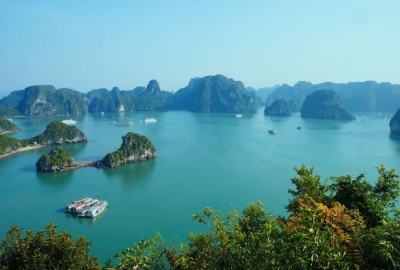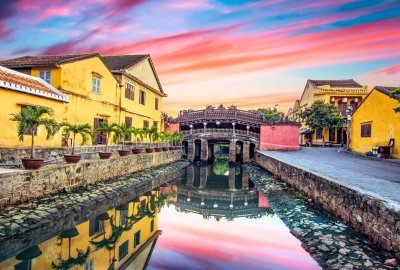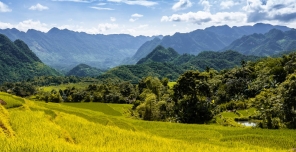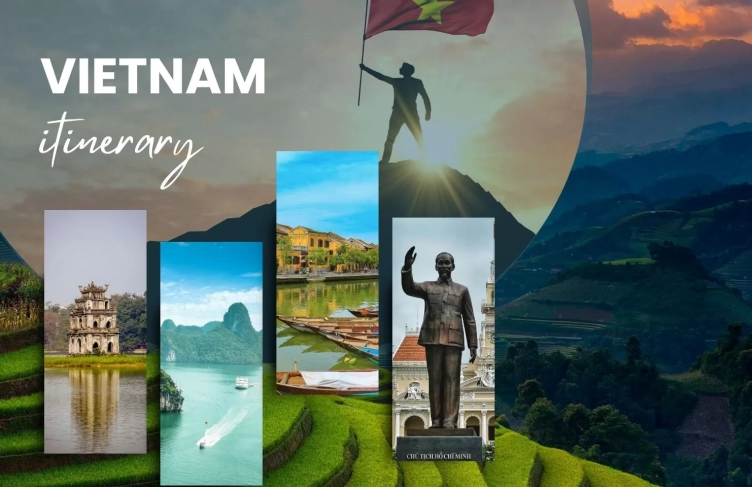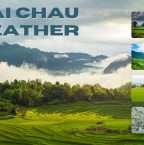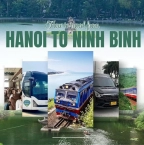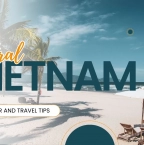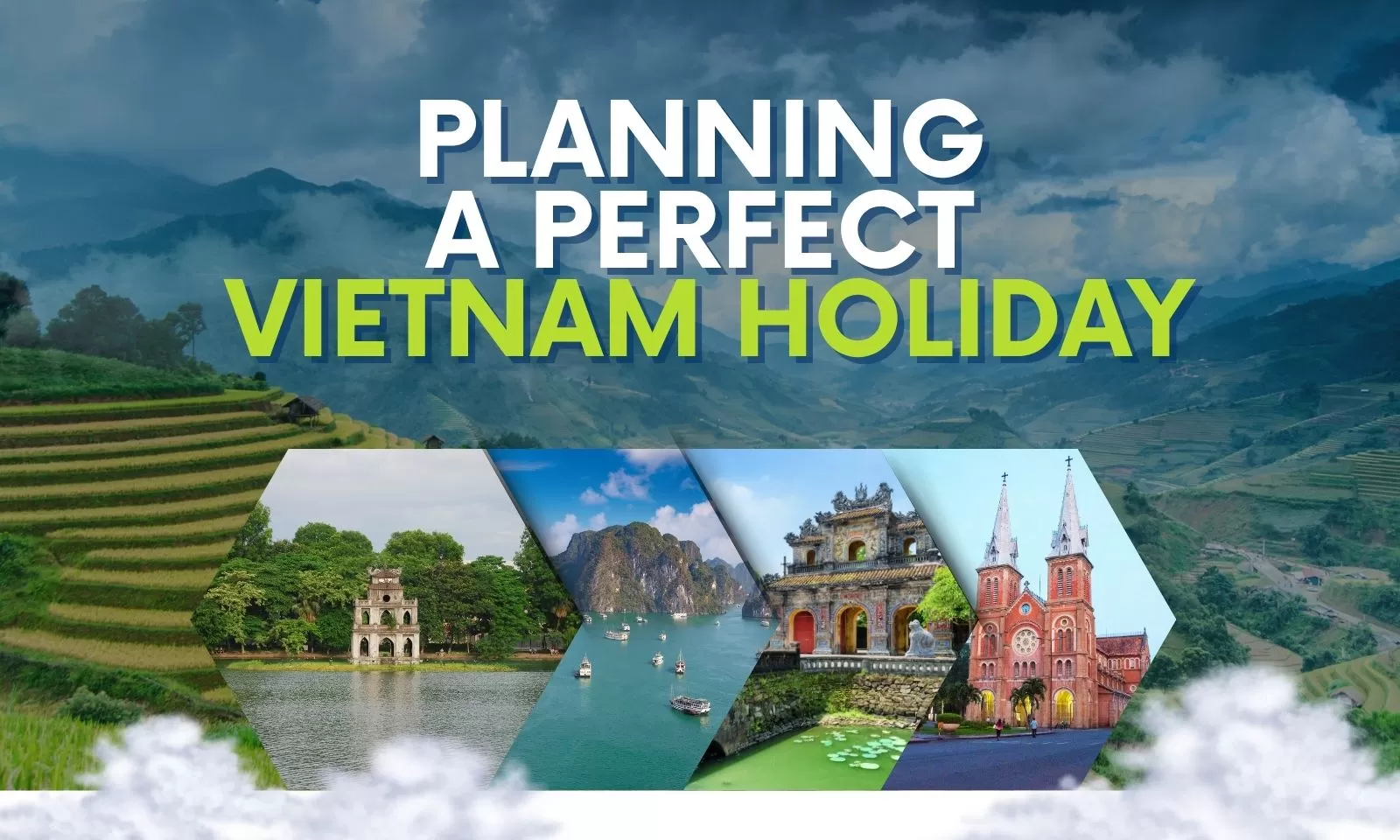
Tips For Planning A Perfect Vietnam Holiday

Are you dreaming of a perfect vacation to Vietnam and wondering how to prepare a trip to Vietnam? If so, you’re in the right place! With the right preparation, you can ensure that your trip to Vietnam is a memorable and enjoyable experience.In this guide, Hanoi Voyages will provide you with tips and advice on how to prepare for the perfect vacation to Vietnam, from finding the best flights and accommodation to planning your itinerary. So, let’s get started!
Table of Contents
Why should you travel to Vietnam?
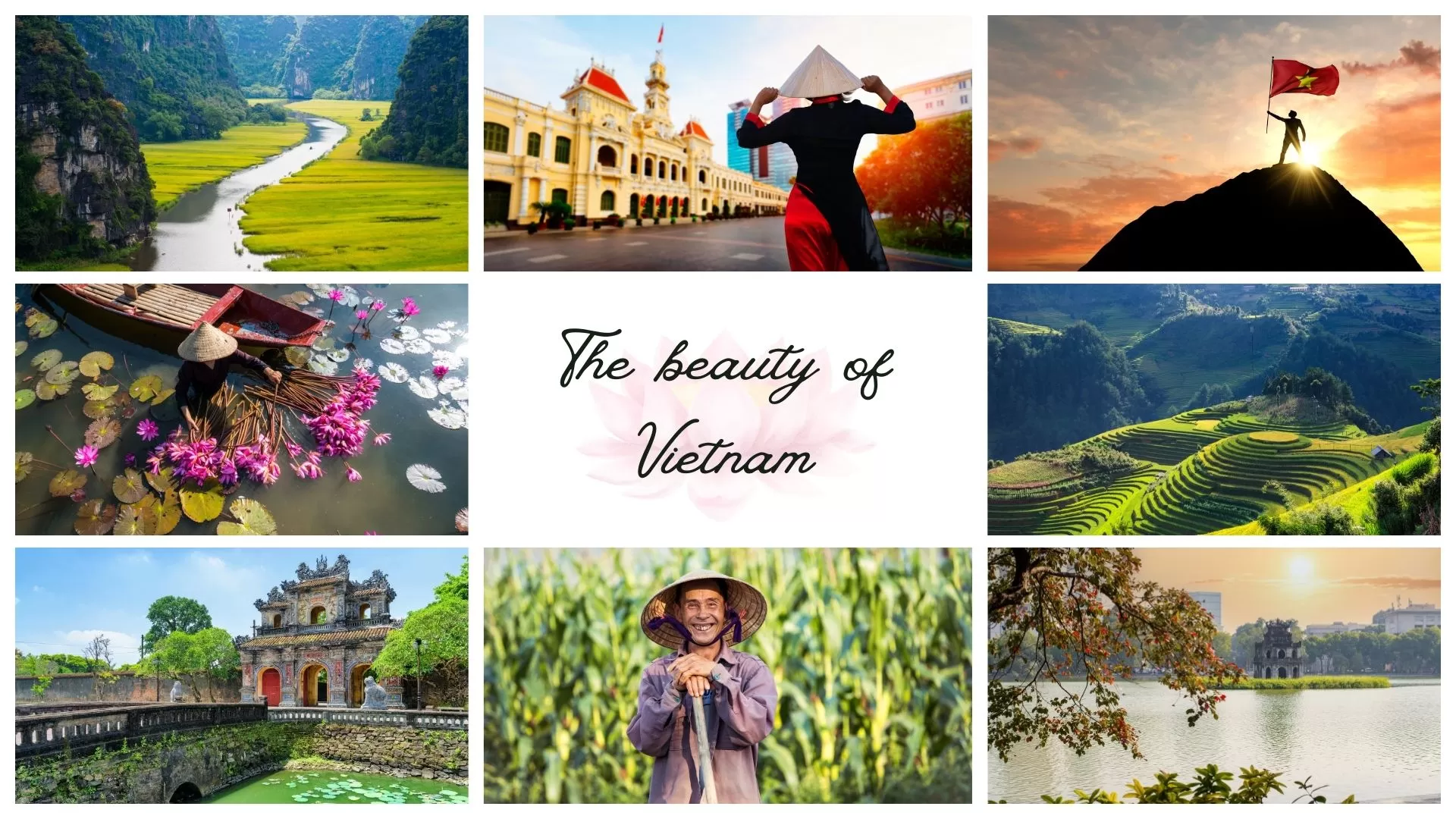
Vietnam is a destination with something for everyone. From its stunning natural beauty, vibrant culture, and rich history, Vietnam has something to offer the adventurous traveler. With its stunning beaches, wild mountains, and bustling cities, Vietnam is a great destination for anyone looking for an exciting and unique travel experience. Whether it’s exploring ancient towns, cruising the Mekong Delta, enjoying the cuisine, climbing mountains, or simply relaxing on the beach, a Vietnam vacation is sure to be an unforgettable experience.
Pre-trip planning for Vietnam
Before starting your journey, it’s important to do some basic preparation. Researching your destinations, setting a realistic budget, and deciding on the right travel style. Advance planning also allows you to book flights and accommodations at better rates, ensuring a smoother and more enjoyable holiday.
Flight tips for a smooth journey
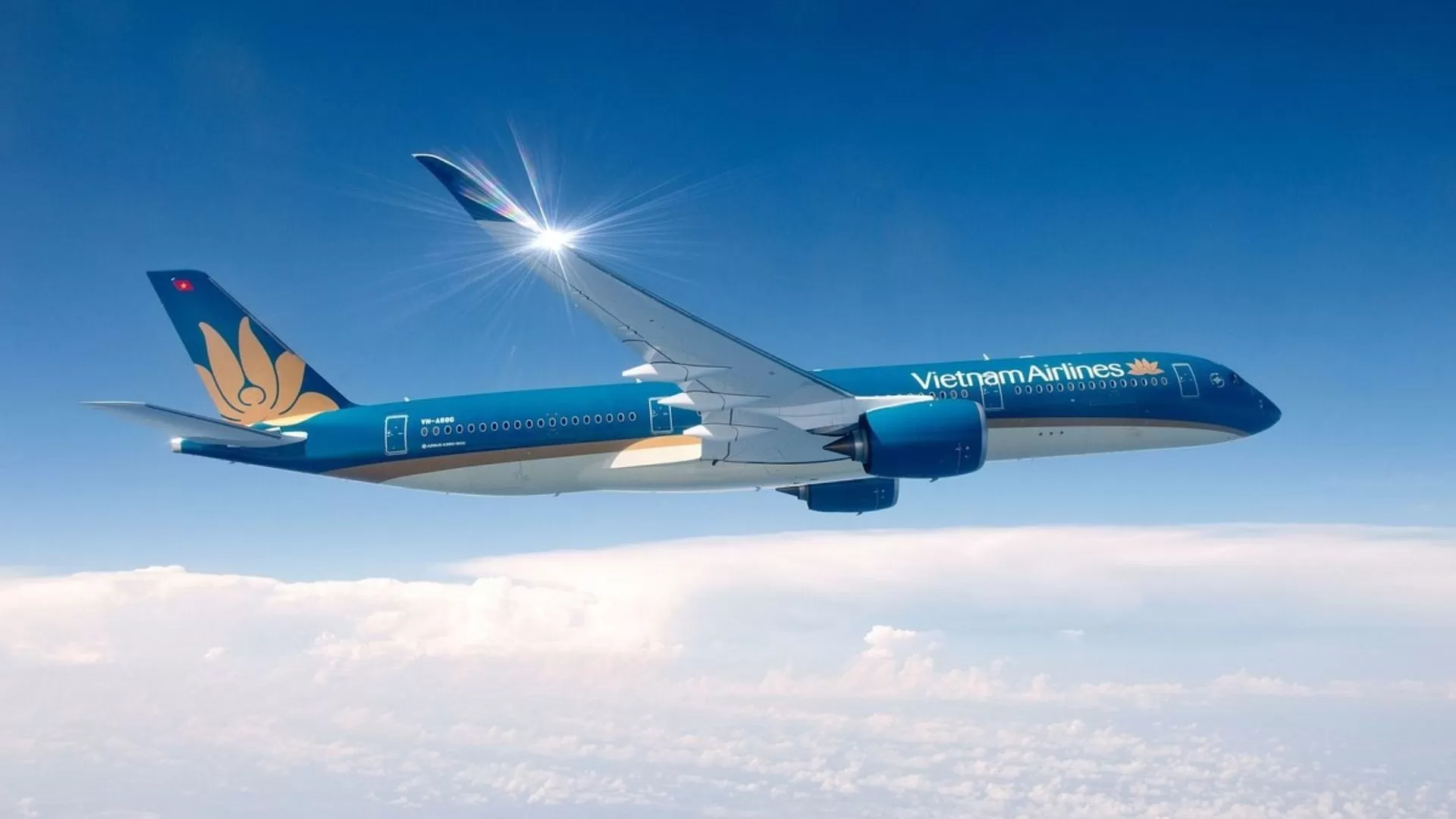
When booking an international flight to Vietnam, it is important to choose an airline that is reputable, reliable, and safe. Fortunately, there are several Vietnamese airlines that meet these criteria and offer affordable flights to Vietnam. Vietnam Airlines for a long-standing reputation of safety and global network VietJet Air for affordable flights with high marks on safety Bamboo Airways for a reliable, customer-focused option. Hanoi Voyages, as a professional Vietnam travel agency, can help you plan your trip to Vietnam and book flights with any of the airlines listed above and maybe include special discounts and packages for groups and families.
Tips for obtaining Visa for a trip to Vietnam
Make sure to sort out your visa ahead of time when you. You have several options to apply, from doing it yourself through the embassy/consulate or visa on arrival, to using a visa service provider or applying for an e-visa online. Keep in mind the requirements, potential complications, and processing times to avoid any issues. With Hanoi Voyages, you can get rid of all those worries and just need to get ready to explore Vietnam hassle-free!Best time to visit Vietnam
Vietnam is a country with three regions: North, Central, and South. The best time to visit each region is based on the local weather each month.
North (Hanoi, Sapa, Halong Bay): December – February. Cool, dry weather, pleasant for sightseeing.
Central (Hue, Hoi An, Danang): March – May. Clear skies, fresh air, great for outdoor activities.
South (Ho Chi Minh City, Mekong Delta, Nha Trang, Phu Quoc): December – April. Sunny, ideal for beaches and nature trips.
👉 The most suitable time to visit Vietnam is December to April, when the weather is generally pleasant across all three regions.
Essential medications for emergencies
When going on a Vietnam travel, it’s important to pack a few essential medicines in your bag. Here are some of the most important medicines to bring with you to Vietnam:| Top 7 Vietnam ultimate health packing list |
|
Vietnam currency and exchange tips
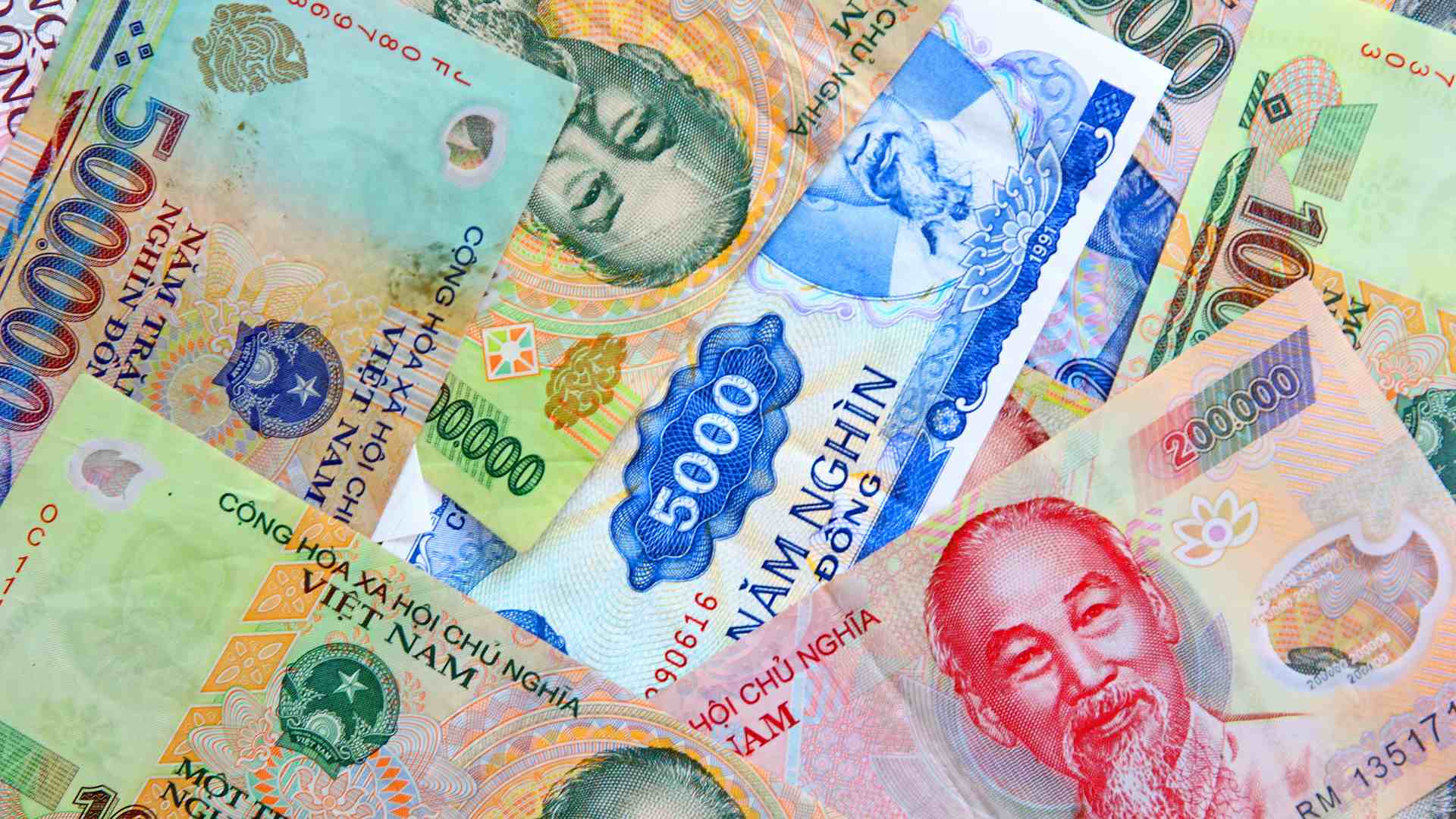
If you’re traveling to Vietnam, you’ll need to exchange your currency for the local Vietnamese Dong (VND). The best way to do this is to visit a bank or money exchange office in Vietnam. You can usually find these in the major cities and tourist destinations. You’ll need to bring your passport and some form of identification to complete the exchange. Be sure to check the current exchange rate before you go, as it can fluctuate. Make sure that you ask about the commission fees before the exchange. Some banks or money exchange offices may charge a fee for exchanging your money.
Learn more: All about currency exchange in Vietnam: What you should know?
Must-try Vietnamese dishes
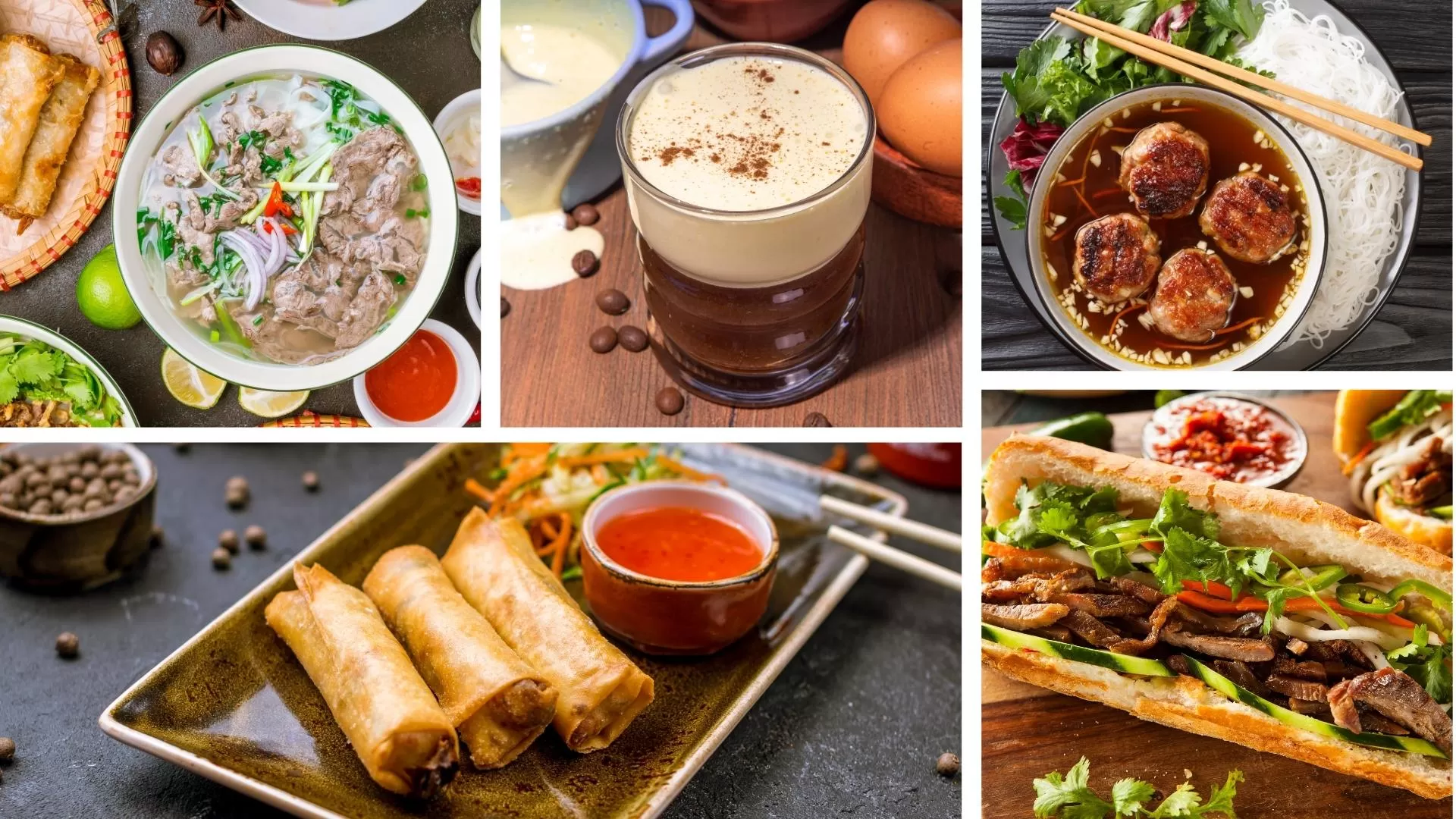
Pho: A classic Vietnamese dish, this noodle soup combines rice noodles, beef, herbs, and spices.
Banh Mi: This sandwich is crafted from a baguette and is loaded with different meats, pickled veggies, and herbs.
Bun Cha: Grilled pork and noodles served with a dipping sauce make up this dish.
Nem Ran/Cha Gio: A widely known appetizer, made by frying a spring roll filled with pork, shrimp, and vegetables.
Goi Cuon: The dish is a fresh spring roll which is typically filled with pork, shrimp, and vegetables.
Com Tam: Broken rice served with grilled pork, fried egg, and pickled vegetables is a well-known dish.
Banh Xeo: One type of savory pancake is filled with pork, shrimp, and bean sprouts.
Egg Coffee: This coffee is distinct because it is prepared using condensed milk and egg yolks.
You can find more delicious Vietnamese food with: Top 30 Must-try Dishes In Vietnam
Top activities and adventures in Vietnam





Embark on a Halong Bay cruise: Marvel at the stunning sight of emerald waters and towering limestone cliffs. Explore the bay’s caves, beaches, and floating villages on a cruise.
Experience history in Hoi An: This charming central coast town is famous for its ancient architecture. Take a stroll through the old town to learn about its rich history.
Explore the Cu Chi Tunnels: Discover the impressive network of underground tunnels used by the Viet Cong during the Vietnam War. Learn about the soldiers’ hardships and explore the tunnels.
Trek in Sapa: This picturesque northern town offers some of the country’s best trekking opportunities. Admire stunning rice terraces and visit ethnic minority villages.
Sample street food in Hanoi: Hanoi’s street food is a must-try for foodies. From “Pho” to “Banh mi” and egg coffee, a food tour will introduce you to delicious local cuisine.
Relax on Nha Trang’s beaches: This coastal city boasts some of Vietnam’s most beautiful beaches. Relax on the sandy shores, snorkel or dive, and savor fresh seafood.
Visit the Mekong Delta: Explore the vast network of rivers and canals in Vietnam’s south. Take a boat ride, visit floating markets, and learn about the traditional way of life in the delta.
Vietnam guarantees unforgettable memories. So pack your bags, embrace your adventurous spirit, and get ready to explore this stunning country
Handpicked Vietnam tours for the best trip
Planning a Vietnam holiday is all about finding the right balance between relaxation, discovery, and memorable experiences. To make the most of your journey, it’s important to choose the right travel style, set a suitable budget, and allow flexibility in your itinerary.
For even greater peace of mind, a trusted local agency like Hanoi Voyages can turn your ideas into a tailor-made journey. With our expertise, you’ll enjoy a seamless holiday designed around your needs, leaving you free to focus on creating unforgettable memories.
At Hanoi Voyages, we offer a diverse range of tours tailored to fit your journey. And if you’d like something more personalized, simply reach out—our team is ready to design the perfect travel experience just for you.
>>> CONTACT US NOW! <<<
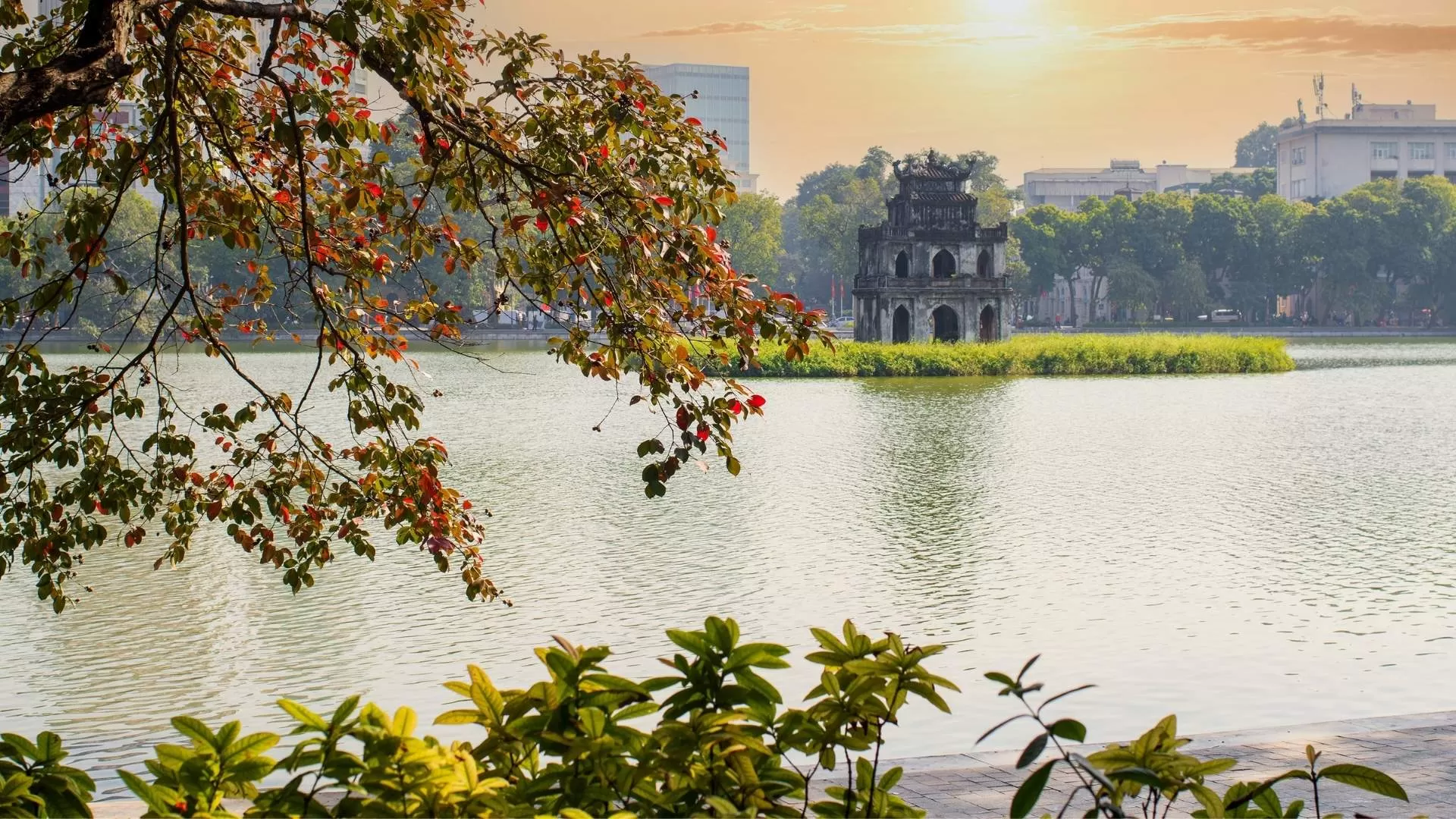 | 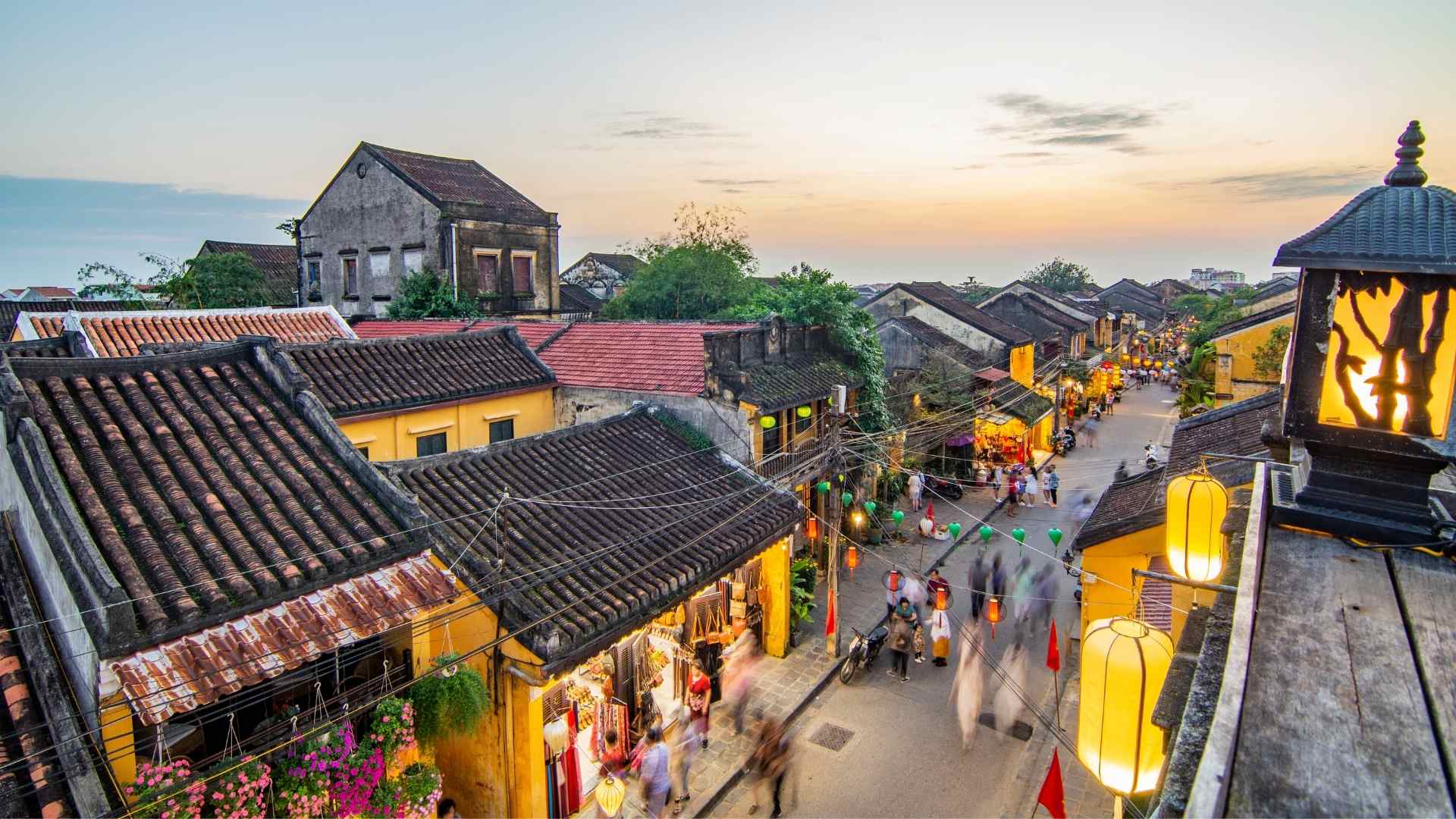 | 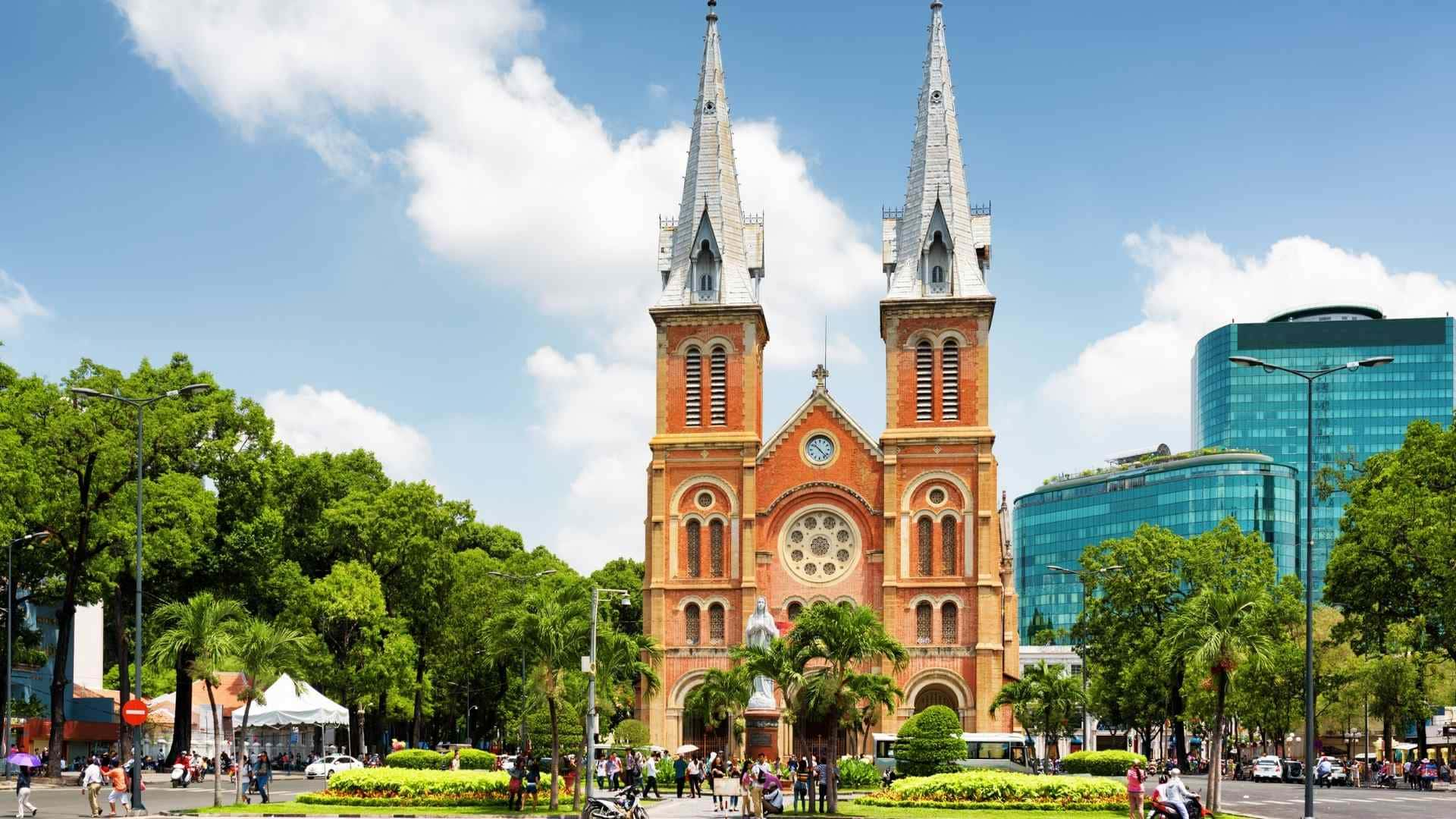 |
High-end North Vietnam tour 12 days This tour features a seaplane ride over stunning Halong Bay and luxurious regional experiences | Northern and Central Vietnam family tour 15 days From mountain paths to quiet bays, this family journey explores Vietnam’s heart with ease | Exploring Halong Bay, Phong Nha, the Mekong Delta, and more. Experience culture, adventure, and breathtaking landscapes |
Estimated cost for a Vietnam holiday
Accommodation
Budget Hotels: Prices for budget hotels in Vietnam range from $10 to $30 per night.
Mid-Range Hotels: Prices for mid-range hotels in Vietnam range from $30 to $80 per night.
Luxury Hotels: Prices for luxury hotels in Vietnam range from $80 to $150 per night.
Street Food: Prices for street food in Vietnam range from $1 to $5 per meal.
Restaurants: Prices for meals in restaurants in Vietnam range from $5 to $15 per meal.
Fine Dining: Prices for meals in fine dining restaurants in Vietnam range from $15 to $50 per meal.
Vietnam travel safety tips
While traveling, it is important to be aware of the potential risks that come with traveling to a new place. Here’s how to stay safe during a Vietnam trip and avoid scams.
Keep an eye on your belongings: When traveling in Vietnam, always keep your valuables close, such as your passport, cash, and credit cards with you.
Plan safe routes for transportation: When taking public transportation, be sure to research the best and safest routes to your destination. Avoid taking rides from strangers, and be aware of your surroundings when traveling.
Be aware of scams: Be wary of anyone who offers you a free tour or a discounted item, as these are usually scams.
Avoid carrying large amounts of cash: Limit the amount of cash you carry with you. Use credit cards or debit cards whenever possible, and only carry enough cash for daily expenses.
Dream about your trip to Asia, in private
We are here to make it happen with youFREE QUOTE, WITHOUT OBLIGATION

